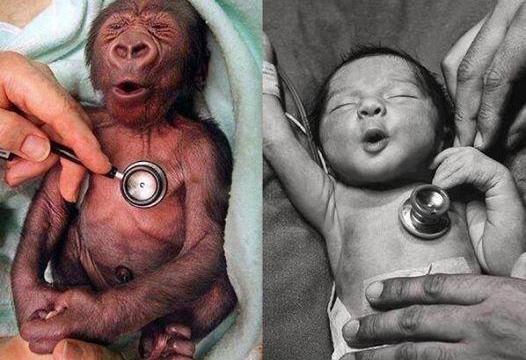How the Universe grew up… and stopped
Where all the structure in the cosmos came from, and we aren’t forming new ones anymore.
Image credit: Andreas Berlind, via http://astro.phy.vanderbilt.edu/~berlinaa/work_research.html.
“To be loyal to myself is to allow myself to grow and change, and challenge who I am and what I think. The only thing I am for sure is unsure, and this means I’m growing, and not stagnant or shrinking.” ‐Jarod Kintz
When you think about the Universe today, you probably think about huge, dense clumps of matter separated by vast, literally astronomical distances. This is, after all, reasonable, even when you simply consider how distant the Earth and Moon are from one another compared to their size.

Things get even worse when you consider the Universe on its largest scales. Sure, from our point of view, the amount of the Universe that’s presently observable to us spans some 92 billion light-years in diameter, containing upwards of 100 billion galaxies within that span. But these are great, dense regions of matter, each containing gas, dust, and extremely dense stars, planets, white dwarfs, neutron stars and black holes!
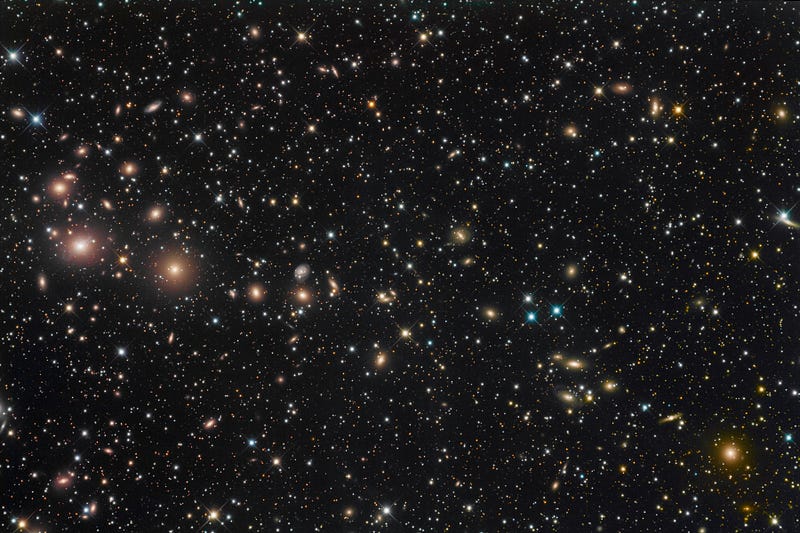
Although these galaxies clump together into even larger structures — groups, clusters and superclusters — this large-scale structure looks like a network of great filaments, with huge cosmic voids separating the locations where matter has gathered together.
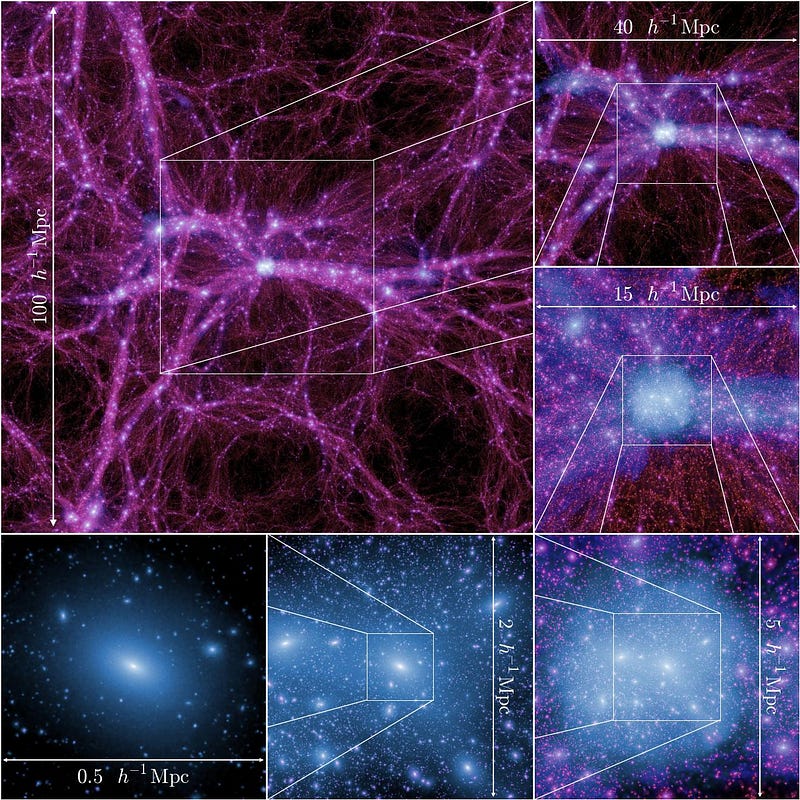
If we took a look at the Universe on average, we’d find that the overall density comes out to somewhere around the equivalent of one proton per cubic meter, if you included dark matter in your calculations. But where we’re located, on Earth, the density is some 10^30 times greater than that, while intergalactic space has a density so low, it’s asymptotically close to zero.
Yet it’s hardly a stretch to say that the Universe began in an almost perfectly uniform state. In fact, if we go back to the earliest stages of the young Universe, it really was identical everywhere! So how did we get to where we are today from a uniform state? Let’s trace out the great cosmic history of where everything we see comes from.
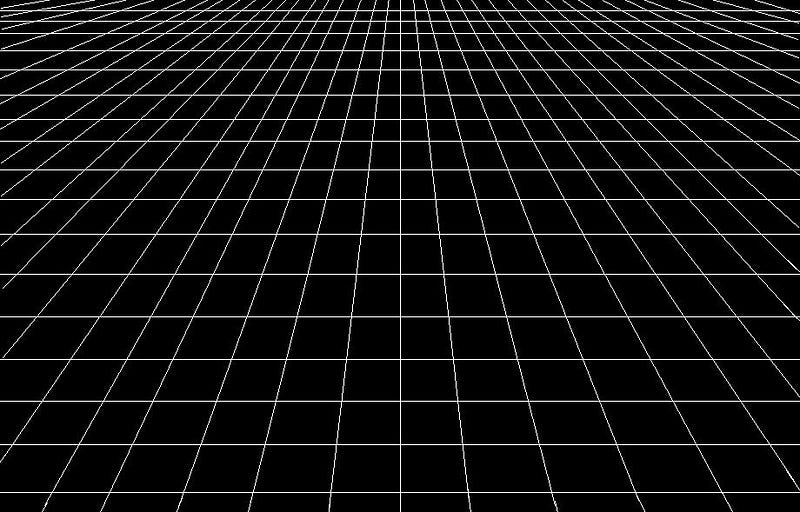
Back in the beginning — in the very beginning, as far as we can tell — the Universe consisted of no matter, no radiation, no particles and no antiparticles. All that existed was empty spacetime, with large amount of energy intrinsic to space itself, expanding at an exponential rate. This was the period known as cosmic inflation.
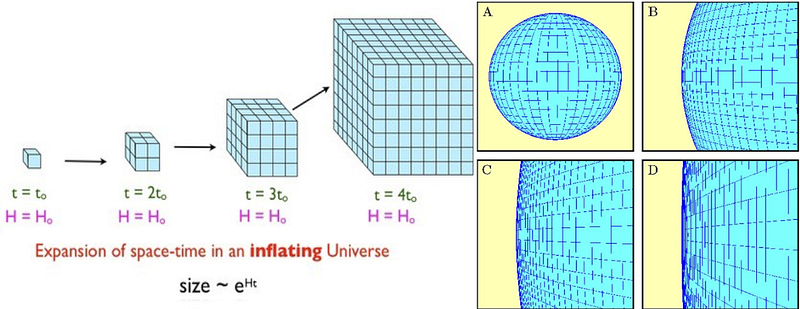
As space expanded, more and more of it was created, all with the same, intrinsic, uniform properties, including the same energy density everywhere. But just as our Universe is not a classical but a quantum Universe, so it should have been as well back during this epoch. In other words, even though we don’t know very much about the specific properties of inflation, we do know that it ought to have been a quantum field, not a classical one.
And that means — like all quantum fields — it ought to have quantum fluctuations in it.
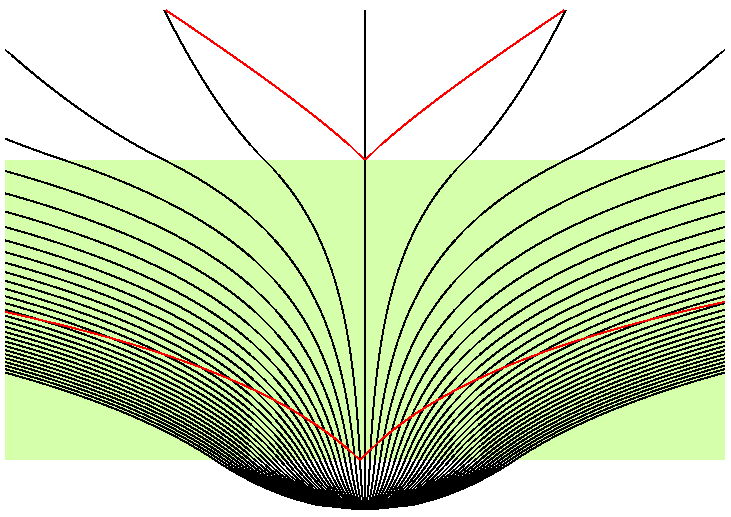
When you have quantum fluctuations in an expanding Universe, those fluctuations get stretched as space expands. If you have fluctuations in a Universe that was expanding as rapidly as ours was during inflation, those fluctuations get stretched across the Universe, resulting in regions of space — huge and tiny — that begin with slight overdensities and underdensities of energy. In other words, the Universe becomes slightly non-uniform. When I say slight, it would be as non-uniform as Earth’s surface-compared-to-its-radius, if the highest mountain on Earth were Florida’s Sugarloaf Mountain.

But then, inflation comes to an end, and all that energy — and all of those imperfections in the energy density — gets converted into matter, antimatter, dark matter and radiation. The Universe still expands, but the expansion isn’t exponential anymore. As a result these tiny imperfections are now subject to the force of gravity, which can catch up to them, as the gravitational force propagates at the speed of light.
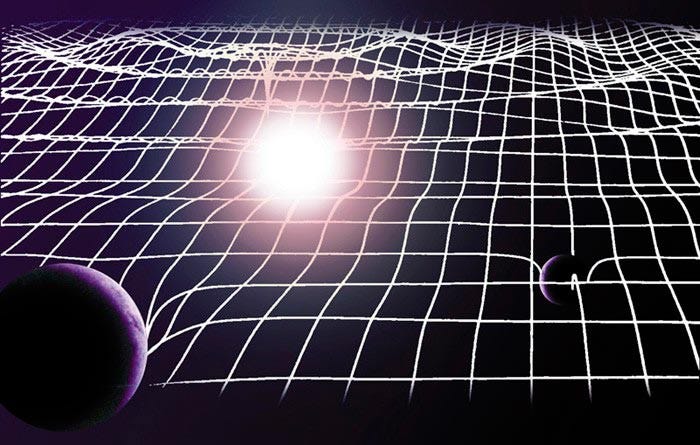
You might think that this means that the overdense regions will grow unabated, while the underdense regions will shrink, giving up their matter to the denser regions, which are superior at attracting it.
But this intuition greatly oversimplifies things. In reality, when the Universe is dominated by radiation, matter tries to collapse under the force of gravity, but the photon pressure very effectively pushes back outwards with an almost identical force. In reality, the growth is very slow; so long as the radiation density is greater than the matter density, it’s practically negligible. (The quantitative amount of growth is given by the Mészáros effect.) If you have a region of space that starts out 0.001% denser than average — a fairly typical density fluctuation — it won’t become 0.002% denser than average for around 10,000 years, an eternity in the young Universe!

Even by the time we get to the cosmic microwave background, 380,000 years after inflation ends, the largest magnitude fluctuations have only grown by a factor of six or so; the regions that were 0.001% denser than average are perhaps now 0.006% denser. But as the Universe continues to expand, the wavelength of light in that expanding Universe continues to redshift. As a result, the radiation density in the Universe continues to drop, and it continues to drop faster than the matter density does.
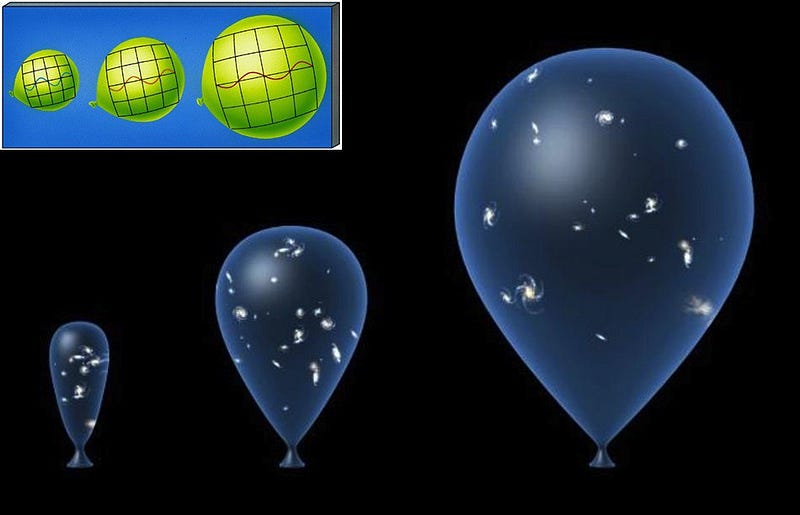
As the overdense regions continue to grow, they begin to attract the matter in the surrounding regions more and more effectively, eventually reaching an important threshold: about 68% denser than average. This number is important for two reasons:
- This is the “point-of-no-return,” in the sense that a region reaching this magnitude of overdensity will always collapse, leading to — depending on its scale — a cluster of stars, a galaxy, or even larger structures.
- This is approximately the point at which “simple” growth breaks down, and the Universe becomes non-linear. (I.e., the Mészáros effect becomes only an approximation, and a bad one at that.)
Why do both of these things matter?


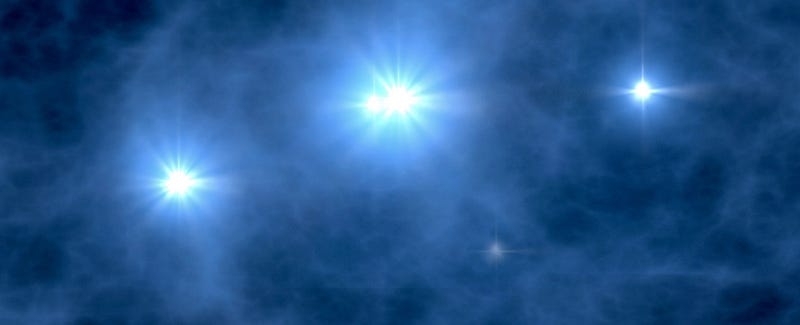
Because they ensure that the densest regions win the fastest, and lead to a Universe that becomes much clumpier than it ever could have otherwise! This is how we go from a Universe that had no stars for the first tens of millions of years to a Universe that formed trillions of stars by time its 100 million years old to a Universe with some 10^23 stars by time it’s 800 million years old!
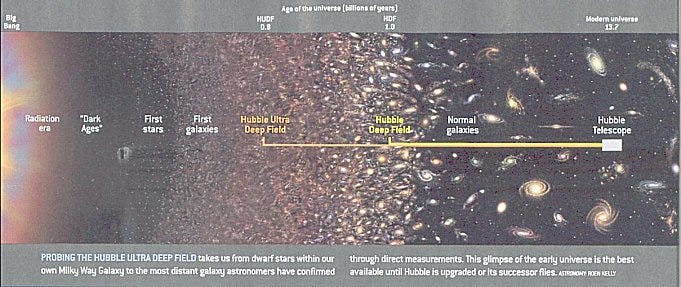
Larger scales don’t begin to collapse until gravity has had enough time to reach from one end of your particular scale to the other, so stars form before galaxies, galaxies form before groups, groups form before clusters and clusters form before superclusters and filaments.
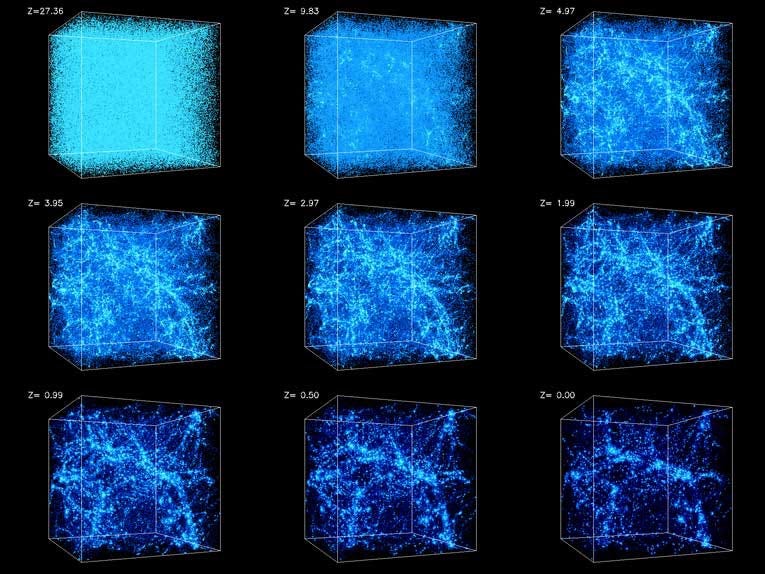
This is what the Universe shows us, and our best simulations are in exact agreement, as this amazing video by Ralf Kahler shows!
And yet after all of this, the largest scales — scales larger than about five million to a-billion-or-two light-years on a side, dependent on their initial density — will not wind up bound together. If they didn’t hit that “68% above average density” threshold before our Universe came to be dominated by dark energy, they missed their chance to wind up gravitationally bound.
So when we look up at the great clusters of galaxies in our night sky, there’s only one conclusion that we can reach.
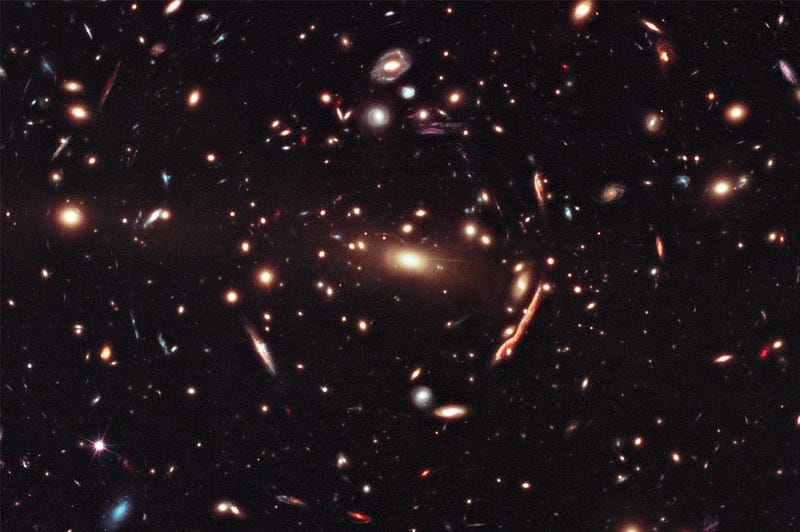
The structures that aren’t already gravitationally bound together never will become so, and the vast majority of the observable Universe — some 97% of the objects whose light reaches our eyes — is forever beyond our reach. The structures that are already bound will remain so: our local group to itself, the Virgo Cluster’s galaxies to itself, and this distant cluster above to itself, but we’ll never join with Virgo, and Virgo will never join with this one.
After billions of years of gravitational growth, dark energy is finally having its way, and at long last, cosmic structure formation is coming to an end.
Leave your comments at the Starts With A Bang forum on Scienceblogs!





